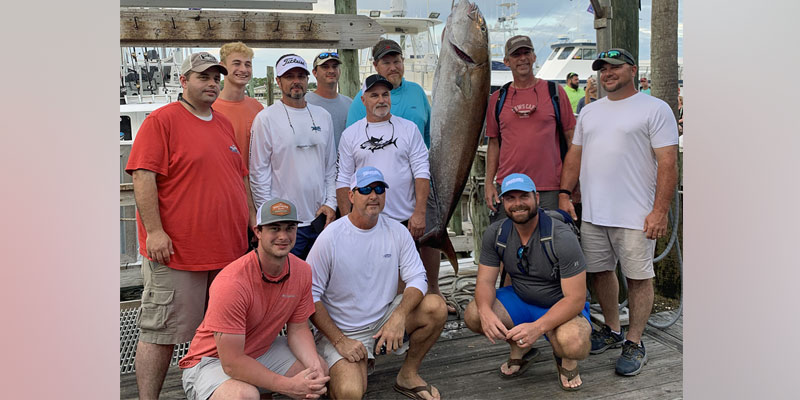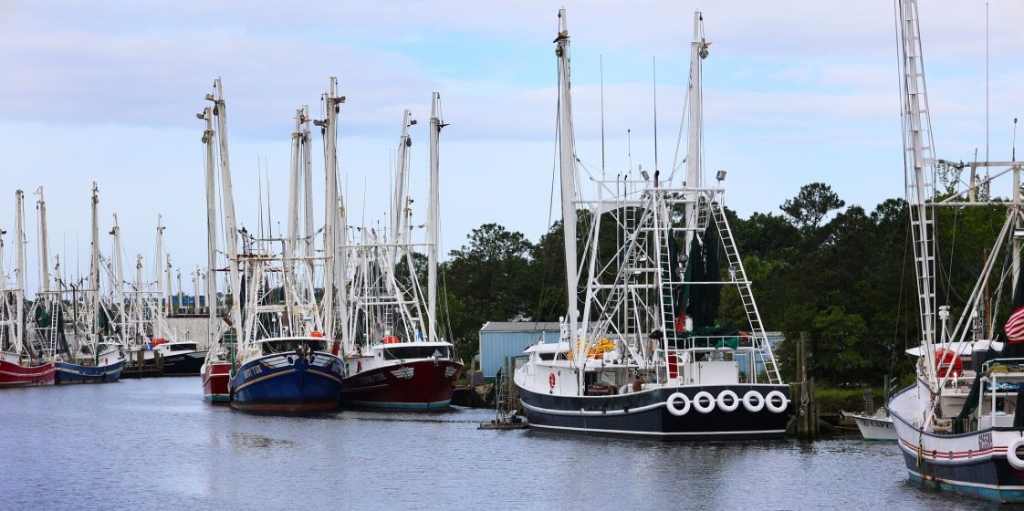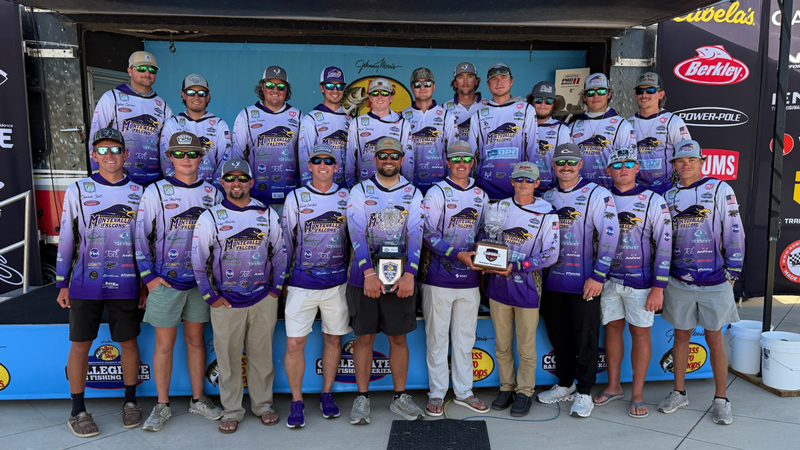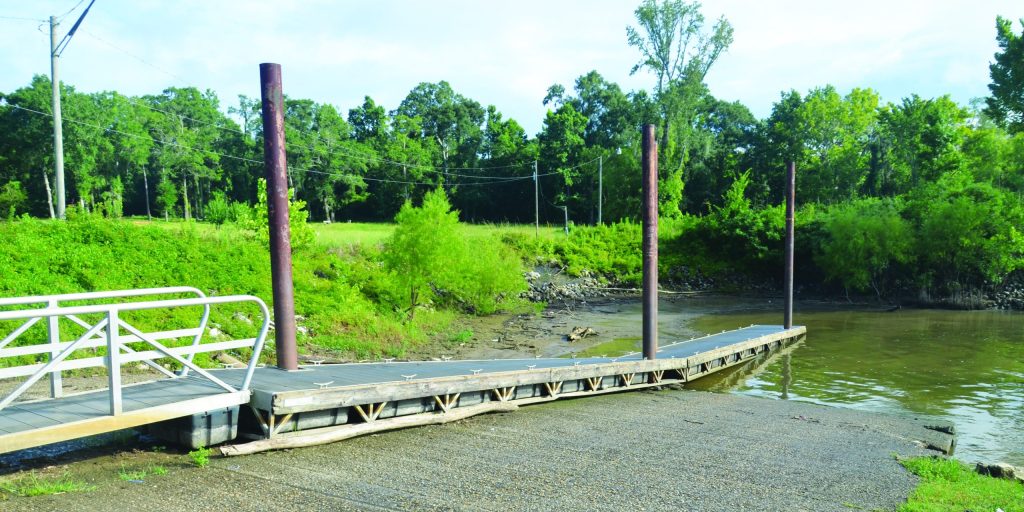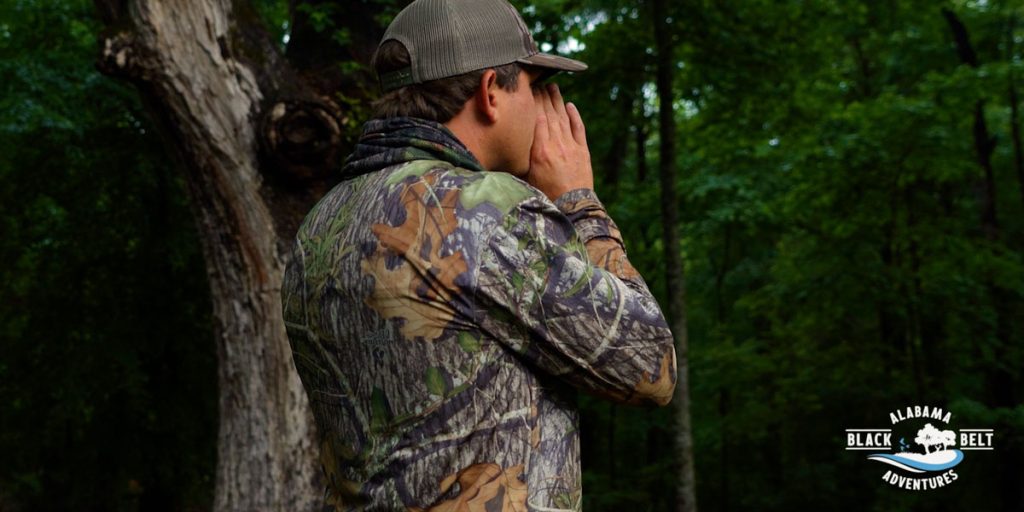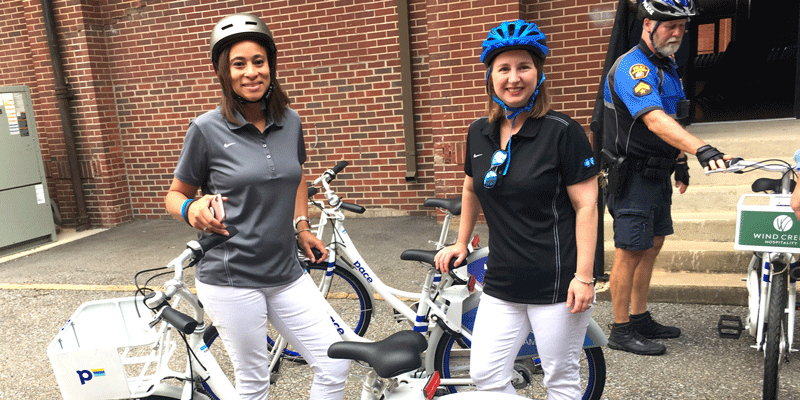The 127-pound, 12-ounce amberjack that reigned atop the Alabama state records for 38 years was landed before Brian Andrews was born.
Marcus Kennedy of Mobile, who caught the big amberjack on June 19, 1981, saw the last of his state records fall on Friday, August 23, when Andrews’ 132-pound, 12.8-ounce fish takes its place after the record certification process is complete.
Andrews was aboard Capt. Bobby Walker’s Summer Breeze II soon after the amberjack season in the Gulf of Mexico kicked back in on August 1 a few weeks ago.
Walker, who has been fishing the Gulf as a captain or deckhand for 50 years, went to a special amberjack (AJ) spot and his anglers started to hook nice fish.
“I couldn’t have had a better angler,” Walker said of Andrews, who hails from Citronelle. “I couldn’t have drawn it up any better. He was a big, strong, strapping guy. You talk about a guy working on a fish, he could do it.”
The 37-year-old Andrews is no neophyte angler. He has previously owned his own private Gulf boat and had some experience fishing offshore. He said the trip on Summer Breeze II started out in rough seas but turned into a nice day for fishing. After catching a few beeliners on two-hook rigs, the anglers got down to serious business at the amberjack holes.
When Andrews hooked up, he wasn’t sure what was on the other end of the line. He had caught a 70-pound amberjack earlier in his fishing career, but this one was different.
“I was trying to be positive, but several people were telling me it was a shark,” Andrews said. “He was pulling like a shark, but you never know. He made at least three big runs. It took at least 30 minutes to get him in. When he makes a run, all you can do is hold the rod and watch him go. When he starts peeling drag, you just hold on. When he stops peeling drag, you have to start taking some of the line back.”
The main thing the boat captain was worried about was the number of sharks that were hanging out in the same vicinity as the AJs.
“We had caught so many big bull sharks,” Walker said “I was hoping to goodness it wasn’t a shark. We had already caught two or three good jacks off that hole and broke off a couple. I was just hoping we weren’t wasting time reeling up a big shark. I hollered down to Paul (Resmondo), my deckhand, to let me know when he could see the fish and tell what it was. He said, ‘Bobby, he looks like he’s 40 feet down, but I can tell you it’s an AJ, and he looks huge.’”
When Andrews finally reeled the big fish to the surface, the deckhands gaffed the fish and struggled to get it into the boat.
“When that fish hit the deck, his mouth flopped open, and I said he looked like he could swallow a basketball,” Walker said. “His head was huge. I told them I’d lay money that the fish was at least 100. I didn’t think any more about it.”
Andrews said it was time for a break after the fish was finally on the deck and the deckhands were in charge.
“We admired him for a few minutes,” Andrews said. “We took a few pictures and got him on ice. I went inside for some AC (air conditioning) after that. After about 45 minutes, I was ready to catch another one. It took me a little while to recoup.”
The boat came back in and docked at Zeke’s Marina. Walker was busy squaring away the boat for the next trip when he heard something that got his attention.
“Then I heard people hollering and raising Cain and wondered what was going on,” he said. “They had hauled the fish up on the scales. When I saw it, I said, ‘Whoa.’ Tom Ard looked at me and said, Bobby, you’ve got a state record.”
The big fish measured 65 inches from the tip of its snout to the fork of its tail and sported a 40-inch girth.
Obviously, when you spend as much time as Walker on the Gulf, plenty of big fish are going to hit the marina dock.
“I’ve caught plenty of big amberjacks during my day,” he said. “I think that was the third one over 100 pounds. Believe it or not, we caught a 109 and a 111 on the same day about 10 years ago.”
When Kennedy, 17 at the time, caught the long-standing AJ record, he said big amberjack were more common during the late ’70s and early ’80s, and he was definitely gung-ho when it came to targeting big fish.
“We had caught several fish over 100 pounds back then,” said Kennedy, who held the Alabama blue marlin record for 26 years before it was broken in 2013. “I had previously held the record at 102 pounds. Some of my high school friends and my dad (the late Rod Kennedy) were out fishing. We actually caught that big fish (the record) on the Edwards Liberty Ship. I think I caught it on a small, live king mackerel, but I can’t remember 100%. I definitely was using a 6/0 reel with 100-pound test line and a Ross Hutchisson custom rod. That was my big amberjack rig. Back then, that’s what we fished for. We won the Alabama Deep Sea Fishing Rodeo on a regular basis with big amberjack. When we got that fish in the boat, I knew it was significantly bigger that the 102-pounder that I’d caught before. We got him to the boat in 15 to 20 minutes. We fought them hard, and I had a good, strong back back then.”
Now that his last record is off the Alabama record books, he’s not worried about getting back on the list. He’s going to leave that up to his 28-year-old son, Tyler, who already owns three state records for other saltwater species.
“If I catch a record fish, it’s going to be something smaller,” Kennedy said. “It’s not going to be an amberjack or blue marlin. I’ll leave that up to Tyler and Ryan (Kennedy, his 20-year-old nephew).”
Walker said amberjack are usually around some kind of structure – wrecks, petroleum rigs or big rocks on natural bottom – and can be anywhere from 50 feet to 300 feet down. He said it’s easy to distinguish between the different snappers and the amberjack. He marks AJs on his bottom machine and tells his anglers how far to drop.
Although a lot of anglers will use big jigs for amberjack, Capt. Walker likes to use live bait for the big fish.
“Hardtails (blue runners) are probably the best bait,” he said. “Jigs used to work great, but AJs are just not as plentiful and are harder to catch. We just like to drop a big, live bait down and see what’s down there. The secret to catching a big AJ is having the right tackle. You’ve got to go pretty heavy. You can’t catch one like that on light tackle. First, you’ve got to get him away from the wreck or the rocks. You’ve got to have some pretty strong tackle to do that. If you can get him away from the structure, you’ve got a good chance of catching him.”
Walker said amberjack fishing has been a little slow so far, but he knows fishing success is cyclical.
“One year it’s great, and the next year you’re wondering where the AJs went,” he said. “This has started out like one of those years that’s down a little.”
Walker said the demand to catch amberjack doesn’t compare with red snapper. He fished 55 of the 62-day snapper season for charter boats.
“People like to catch amberjacks, but it’s nothing like the bookings we get for snapper,” he said. “We tell them we can also catch beeliners (vermilion snapper) and maybe a scamp or a grouper. I’ve got some more 12-hour trips coming up. I’m probably going to the amberjack hole. I want to see if lightning strikes twice in the same spot.”
David Rainer is an award-winning writer who has covered Alabama’s great outdoors for 25 years. The former outdoors editor at the Mobile Press-Register, he writes for Outdoor Alabama, the website of the Alabama Department of Conservation and Natural Resources.




